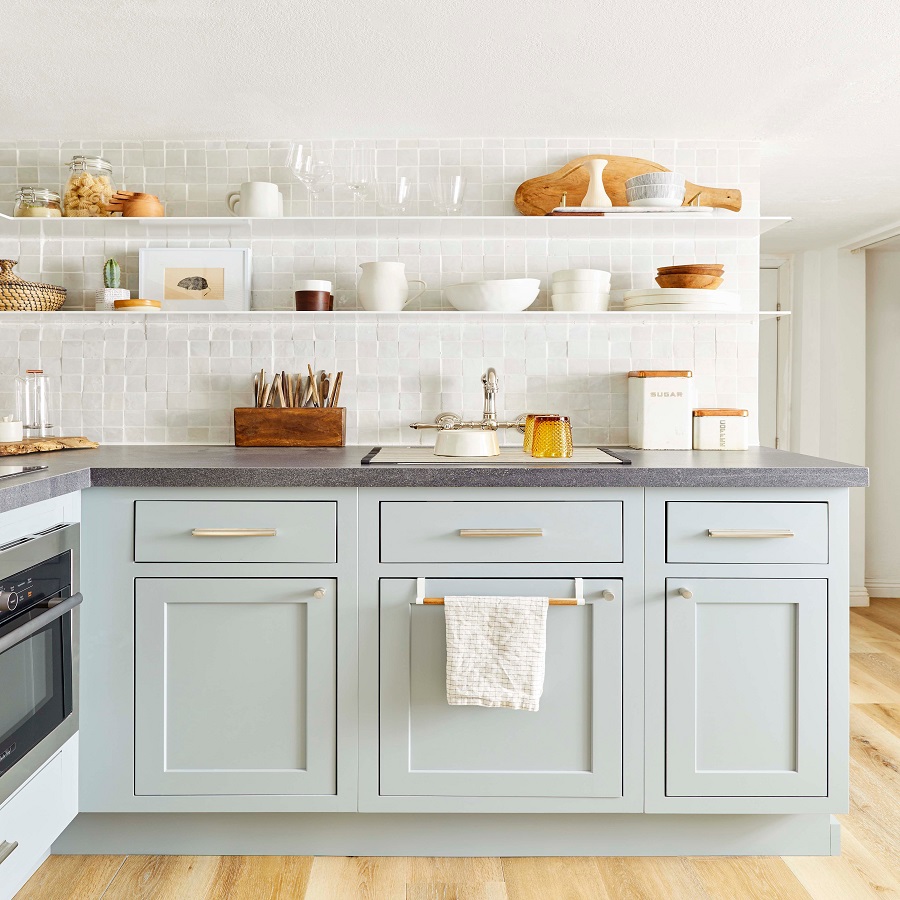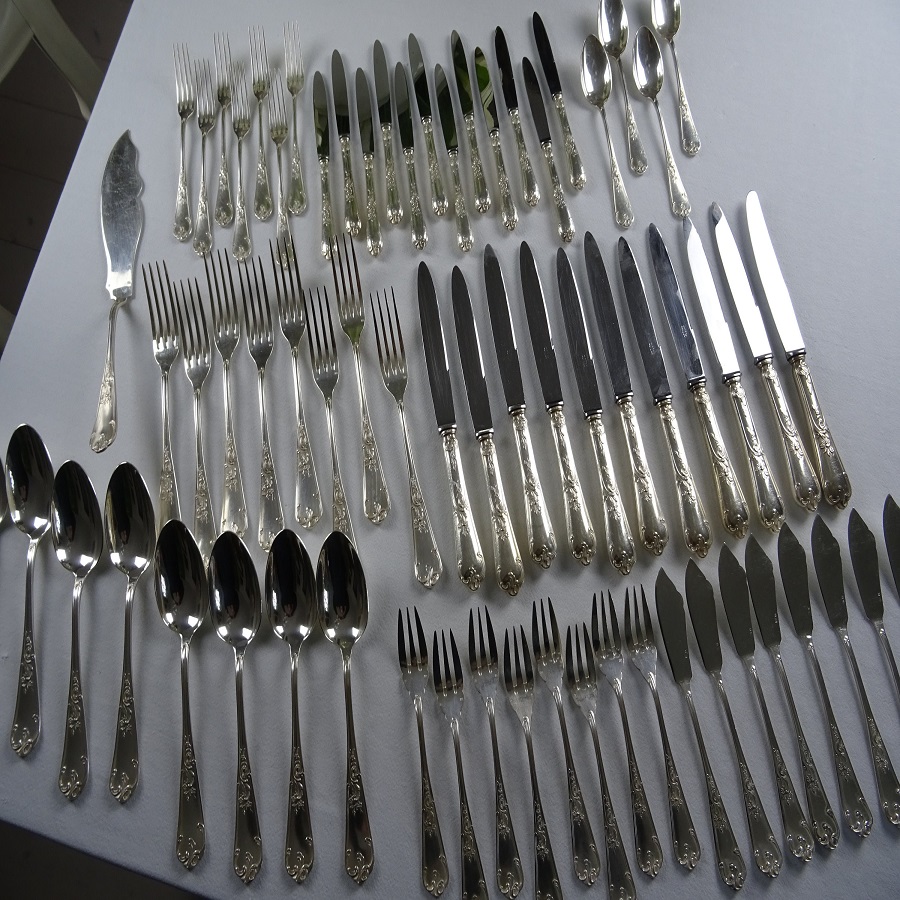Introduction
Kitchen cabinet doors are a significant part of any kitchen’s appearance and functionality. Making your own kitchen cabinet doors can save money and provide a custom look for your kitchen. This guide will walk you through the process step-by-step. It covers materials, tools, and techniques needed. Follow the instructions carefully to ensure success.
Some of the current trends in kitchen cabinet doors:
Shaker Style:
Shaker-style cabinets continue to be popular due to their simplicity and versatility. They feature a flat center panel with square edges, creating a timeless look that fits both traditional and contemporary kitchens.
Flat-Panel/Slab Doors:
Modern kitchens often incorporate flat-panel doors, which are smooth and sleek with no frames or panels. This minimalist style is great for a modern, streamlined look.
Glass-Front Cabinets:
Incorporating glass-front doors in some upper cabinets can add a touch of elegance and openness. They allow you to display beautiful dishware, glassware, or collections while breaking up the monotony of solid cabinet fronts.
Open Shelving:
Although not a door style per se, open shelving is a trend that offers an airy and accessible feel. It replaces upper cabinets and allows for easy access to frequently used items.
Bold Colors and Two-Tone Cabinets:
While white kitchen cabinets are still beloved for their clean look, bold colors like navy blue, forest green, or deep gray are trending. Two-tone cabinets, often with dark lower cabinets and lighter upper cabinets, are also in vogue, adding contrast and interest.
Natural Wood Finishes:
There’s a move towards more natural and organic looks, with many opting for cabinets that showcase the beauty of natural wood grains. This trend brings warmth and texture into the kitchen.
Matte Finishes:
Matte finishes are gaining popularity as they offer a contemporary, understated luxury. They also tend to be easier to maintain because they show fewer fingerprints and smudges.
Hardware-Free Cabinets:
Integrated or hidden handle designs are becoming more common, providing a clean and sleek appearance. Push-to-open mechanisms can also be used for a completely handleless look.
Mixed Materials:
Combining different materials, such as metal and wood or incorporating textured surfaces like rattan or cane, can add depth and interest to kitchen cabinets.
Eco-Friendly Materials:
With growing environmental awareness, more homeowners are opting for sustainably sourced wood or cabinets made from recycled materials. Low-VOC finishes and non-toxic glues are also gaining traction.
These trends reflect a broad range of tastes and designs, from minimalist and modern to warm and rustic, allowing homeowners to customize their kitchens to their preferred style.
Materials Needed
Before starting, gather all necessary materials. Having everything on hand will make the process smoother.
- Wood: Choose the type of wood you’d like. Common choices include oak, maple, and pine.
- Plywood: For the central panels, if you are making recessed panel doors.
- Glue: Wood glue for joining pieces.
- Sandpaper: For smoothing edges and surfaces.
- Stain or Paint: To finish your doors.
- Sealer: To protect the wood.
Tools Required
Having the right tools is crucial. Here’s a list of tools you will need to make kitchen cabinet doors.
- Table Saw: For cutting wood.
- Router: For creating decorative edges.
- Clamps: To hold pieces together while glue dries.
- Drill: For making holes for hinges.
- Measuring Tape: Accurate measurement is vital.
- Screws and Hinges: For mounting doors.
Preparing the Wood
Selecting and Measuring
Start by selecting quality wood. Measure the cabinet openings. Accurate measurements are key to a good fit. Use a measuring tape to ensure preciseness.
Steps to Measure:
- Width: Measure the width of the cabinet opening.
- Height: Measure the height of the cabinet opening.
- Depth: Decide the desired depth for the doors.
Cutting the Wood
Cut the wood according to your measurements. Use a table saw for straight cuts. Make sure the cuts are clean and accurate.
Steps to Cut:
- Mark the wood with a pencil.
- Use a table saw to cut along the marked lines.
- Sand the edges smooth.
 Assembling the Doors
Assembling the Doors
Making the Frame
The frame is an essential part of the door. Use solid wood for durability. The standard frame consists of four pieces: two stiles (vertical) and two rails (horizontal).
Steps to Assemble the Frame:
- Cut the stiles and rails to size.
- Join the pieces using wood glue and screws.
- Clamp the frame to hold it together while the glue dries.
Adding the Panel
If you choose a recessed panel design, use plywood for the panel. It should fit snugly within the frame.
Steps to Add the Panel:
- Cut the plywood to fit the internal dimensions of the frame.
- Apply wood glue to the edges of the panel.
- Insert the panel into the frame.
- Secure with clamps and let dry.
Finishing Touches
Sanding
Sanding is critical for a smooth finish. Use fine-grit sandpaper for a polished look.
Steps to Sand:
- Start with coarse-grit to remove rough edges.
- Move to medium-grit for smoothing surfaces.
- Finish with fine-grit for polishing.
 Painting or Staining
Painting or Staining
Finish your doors with paint or stain. Staining enhances the natural beauty of the wood, while paint allows for more color options.
Steps to Paint or Stain:
- Apply the first coat evenly.
- Let it dry completely.
- Apply a second coat if needed.
- Finish with a sealer for protection.
Attaching Hinges
Properly attaching hinges is crucial for the functionality of your doors.
Steps to Attach Hinges:
- Mark the position for hinges on the door and cabinet.
- Drill pilot holes for screws.
- Attach hinges to the door.
- Attach the door to the cabinet.
 Installing the Doors
Installing the Doors
Finally, install the doors onto the cabinets. Proper alignment ensures smooth opening and closing.
Steps to Install:
- Align the door with the cabinet opening.
- Secure the hinges to the cabinet with screws.
- Adjust as necessary for a perfect fit.
Maintaining and caring for kitchen cabinet doors:
Maintaining and caring for kitchen cabinet doors is essential to keep them looking their best and ensure they last for years. Here are some tips on how to properly maintain and care for your kitchen cabinet doors:
1. Regular Cleaning
- Dust Regularly: Use a soft, dry cloth or a feather duster to remove dust from the cabinet doors.
- Wipe Down: Periodically, wipe down the doors with a damp cloth. For deeper cleaning, use a mild soap solution. Avoid using harsh chemicals or abrasive cleaners, as these can damage the finish.
2. Handle Spills and Stains Promptly
- Clean up spills immediately to prevent staining or damage to the finish.
- For stubborn stains, use a soft cloth dampened with a mixture of water and mild dish soap. Rinse with a clean damp cloth and dry thoroughly.
3. Avoid Excessive Moisture
- Water can damage wood and cause warping or peeling of the finish. Always dry the cabinet doors thoroughly after cleaning.
- Be cautious when using steam appliances or placing wet items near the cabinets.
4. Check and Tighten Hardware
- Regularly inspect the cabinet hardware, such as hinges and handles. Tighten any loose screws to prevent doors from sagging or becoming misaligned.
- Lubricate hinges occasionally to ensure smooth operation.
5. Protect from Heat and Sunlight
- Avoid excessive heat exposure to prevent damage. For example, install heat shields between cabinets and ovens or stoves.
- Prolonged exposure to direct sunlight can fade the cabinet finish. Use window treatments or UV-protective films to minimize sunlight exposure.
6. Refinish if Necessary
- Over time, the finish on your cabinet doors may wear. Depending on the material and finish, you may need to refinish or re-coat the cabinets periodically.
- Follow manufacturer recommendations for refinishing products and techniques.
7. Use Appropriate Cleaning Products
- For wood cabinets, avoid silicon-based or oil-based cleaners that can build up and attract dust.
- For laminate or painted surfaces, avoid abrasive pads and use gentle, non-abrasive cleansers.
8. Avoid Excessive Weight
- Be mindful of the weight of items placed inside the cabinets. Overloading can stress the hinges and cause the doors to sag or warp.
9. Control Humidity
- Maintain a stable indoor humidity level to prevent wood from expanding and contracting. Use a dehumidifier if necessary.
By following these maintenance tips, you can extend the life and appearance of your kitchen cabinet doors, ensuring they stay functional and visually appealing for years to come.
 Conclusion
Conclusion
Making kitchen cabinet doors is a rewarding project. It requires careful planning, precise measuring, and attention to detail. By following this guide, you can create custom doors that enhance the appearance and functionality of your kitchen. The process involves selecting materials, cutting wood, assembling doors, finishing, and installation. With patience and practice, you can achieve professional results. Enjoy the satisfaction of transforming your kitchen with your own hands.





